Cool Jazz, a genre that emerged in the late 1940s, is distinguished by its relaxed tempo and lighter tone, contrasting the complex and fast-paced Bebop. This style, often seen as a response to the intensity of Bebop, emphasizes melodic expression and understated improvisation.
Artists like Miles Davis and Chet Baker became synonymous with this genre, offering a more introspective and subdued approach to jazz. In this article, we focus on showcasing the best cool jazz albums, a selection that not only defines the genre but also offers a gateway into its soothing and sophisticated world.
For those interested in the broader spectrum of jazz, understanding the various Types of Jazz Music can provide deeper insight. Additionally, exploring the 20 Best Jazz Songs and 29 Best Jazz Albums of All Time can offer a more comprehensive view of jazz’s rich and diverse history.
The Genesis of Cool Jazz
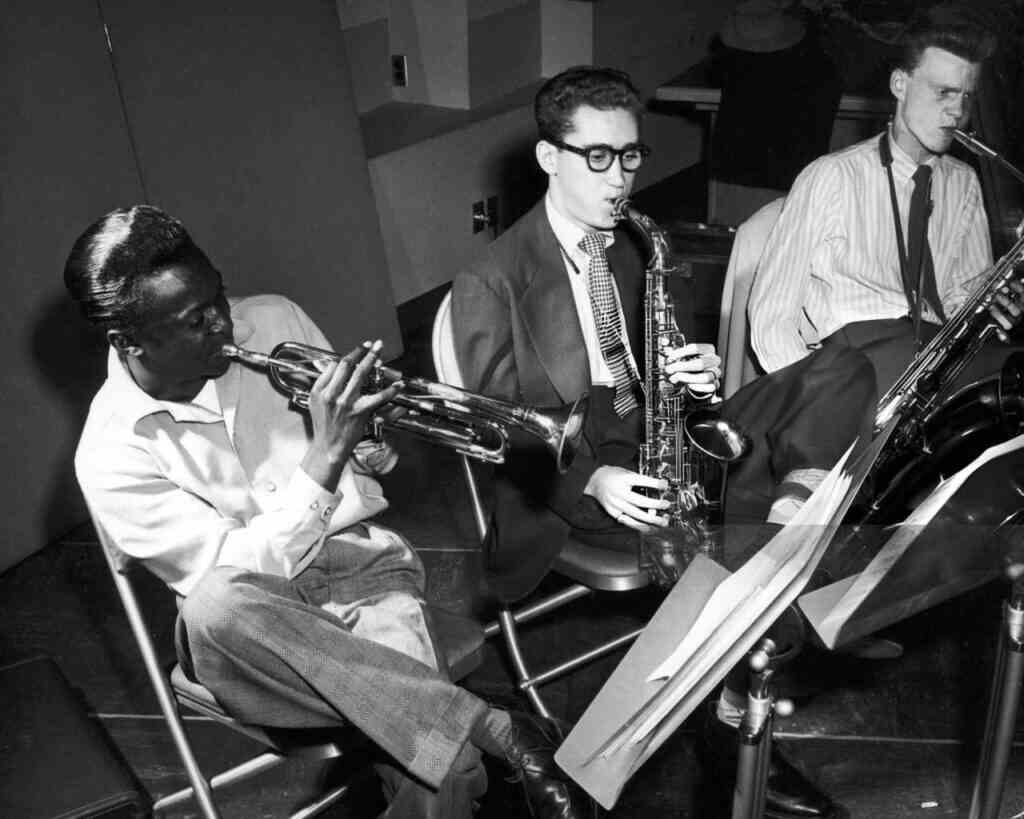
The journey from Bebop to Cool Jazz marks a significant shift in the landscape of what is jazz music. This transition, occurring in the late 1940s and early 1950s, was characterized by a move away from the fast-paced and complex rhythms of Bebop to a more relaxed, melodic, and structured form that came to be known as Cool Jazz. This evolution is crucial in understanding the development of one of the best cool jazz albums.
Key figures in this movement included artists like Miles Davis, whose “Birth of the Cool” sessions were pivotal in defining the Cool Jazz sound. Chet Baker and Dave Brubeck also played significant roles, bringing a softer, more lyrical quality to jazz. This shift was not just a musical change but also reflected the social and cultural dynamics of the time, as jazz continued to evolve and adapt to the changing world around it.
10 Best Cool Jazz Albums
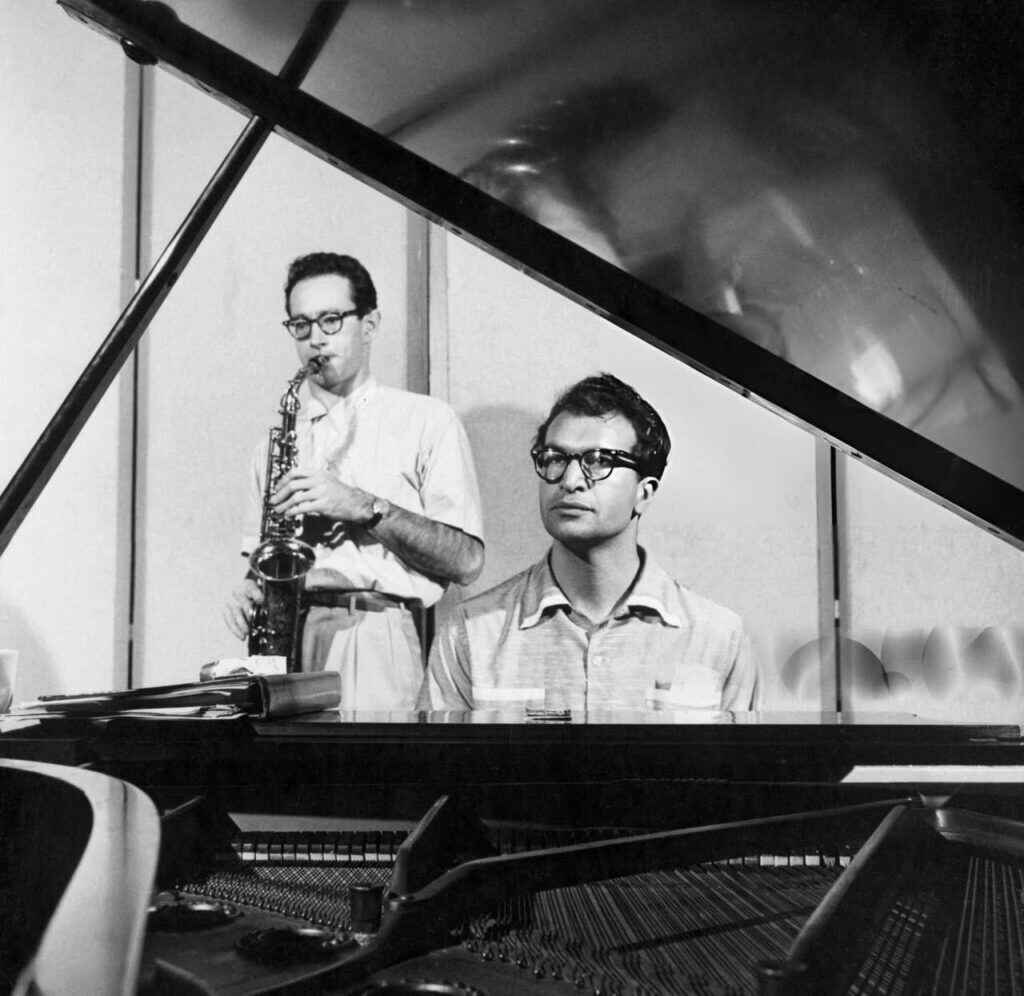
Birth of the Cool by Miles Davis
“Birth of the Cool” is a seminal album by jazz legend Miles Davis, released in 1957 by Capitol Records. This groundbreaking compilation album features eleven tracks recorded over three sessions during 1949 and 1950, marking a pivotal shift in jazz history.
The album’s conception stemmed from Miles Davis’ collaboration with arranger Gil Evans, leading to the formation of the Miles Davis Nonet. This group, including influential musicians like baritone saxophonist Gerry Mulligan and alto saxophonist Lee Konitz, was instrumental in developing the “cool school” sound of West Coast jazz. The nonet’s unique instrumentation, which omitted the then-standard tenor saxophone, provided a fresh palette for innovative jazz arrangements.
The recording sessions of “Birth of the Cool” were a creative breeding ground. The first session in January 1949 at WOR Studios in New York saw the recording of tracks like “Jeru” and “Move”. A second session in April 1949 introduced more musicians, leading to recordings like “Venus de Milo” and “Boplicity”. The final session in March 1950 featured tracks like “Moon Dreams” and “Darn That Dream”, showcasing the evolving sound of the nonet.
“Birth of the Cool” stands out for its innovative use of instrumentation and arrangement. The album features a blend of trumpet, alto and baritone saxophones, trombone, French horn, tuba, piano, bass, and drums. The nonet format allowed for intricate harmonies and a more nuanced approach compared to the energetic style of bebop prevalent at the time. The album’s title aptly encapsulates the new style of ‘cool jazz’ characterized by a more relaxed and understated approach, emphasizing melodic and harmonic subtlety.
The album’s impact on jazz is monumental. It not only spearheaded the cool jazz movement but also offered a new and viable alternative to bebop. Its influence extends beyond jazz, affecting genres like bossa nova and even rock music. “Birth of the Cool” also broke down racial barriers in the jazz world, featuring a racially diverse group of musicians.
“Birth of the Cool” by Miles Davis is more than just a jazz album; it’s a historical artifact that transformed the genre. Its rich harmonies, innovative arrangements, and collaborative spirit make it a foundational work in jazz and a must-have in any jazz collection. The album’s influence remains palpable in modern jazz and continues to inspire musicians worldwide.
Night Lights by Gerry Mulligan
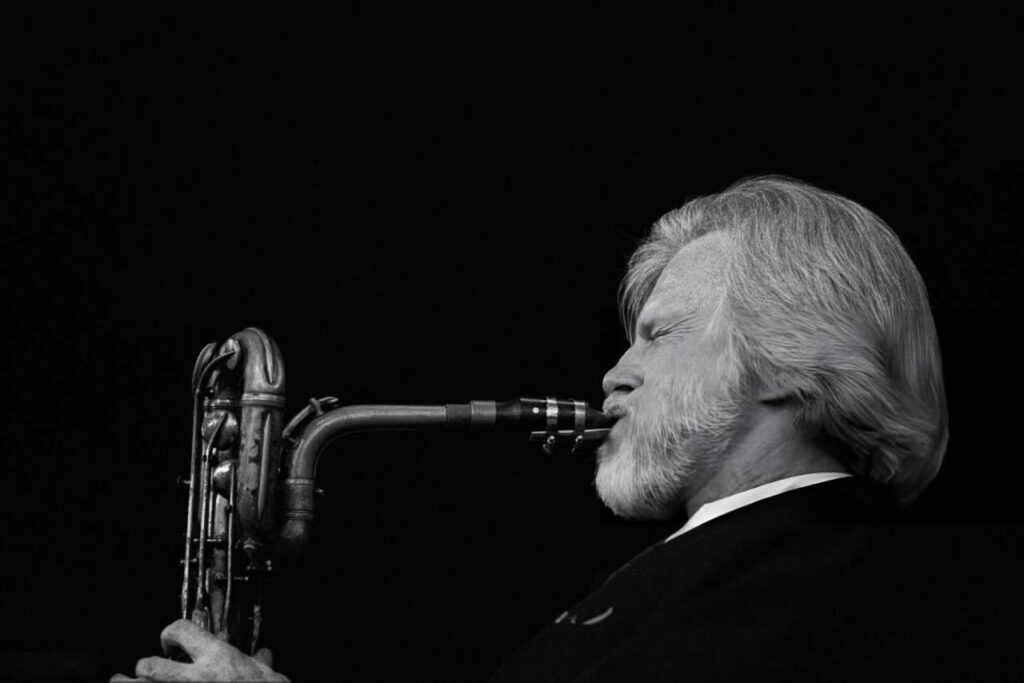
“Night Lights” by Gerry Mulligan, released in 1963, is a remarkable album in the jazz genre, particularly within the Cool Jazz and West Coast Jazz styles. This album, recorded at Nola Penthouse Studios in New York City, showcases Mulligan’s relaxed and laid-back approach to jazz, emphasizing ballads and melodic expressions.
The album’s lineup features Gerry Mulligan on baritone saxophone and piano (on the track “Night Lights”), Art Farmer on flugelhorn, Bob Brookmeyer on valve trombone, Jim Hall on guitar, Bill Crow on bass, and Dave Bailey on drums. The collective talent of these musicians contributes to the album’s soothing and reflective mood.
The tracklist of “Night Lights” includes the titular “Night Lights,” “Morning of the Carnival” (Luiz Bonfá, Antônio Maria), “In the Wee Small Hours of the Morning” (David Mann, Bob Hilliard), “Prelude in E Minor” (Frédéric Chopin), “Festival Minor,” and “Tell Me When.” There is also a bonus track, “The Lonely Night (Night Lights 1965 Instrumental Version),” included in the Verve label re-release.
This album has been appreciated for its gentle and pleasing nature. Critics have noted that while the album may not venture into highly innovative territory, it stands out for its enjoyable and relaxing quality, making it a pleasant and comforting listening experience.
“Night Lights” by Gerry Mulligan is a one of the best cool jazz albums, offering a serene and contemplative listening experience that showcases Mulligan’s mastery in crafting mood and atmosphere in jazz music.
Time Out by The Dave Brubeck Quartet
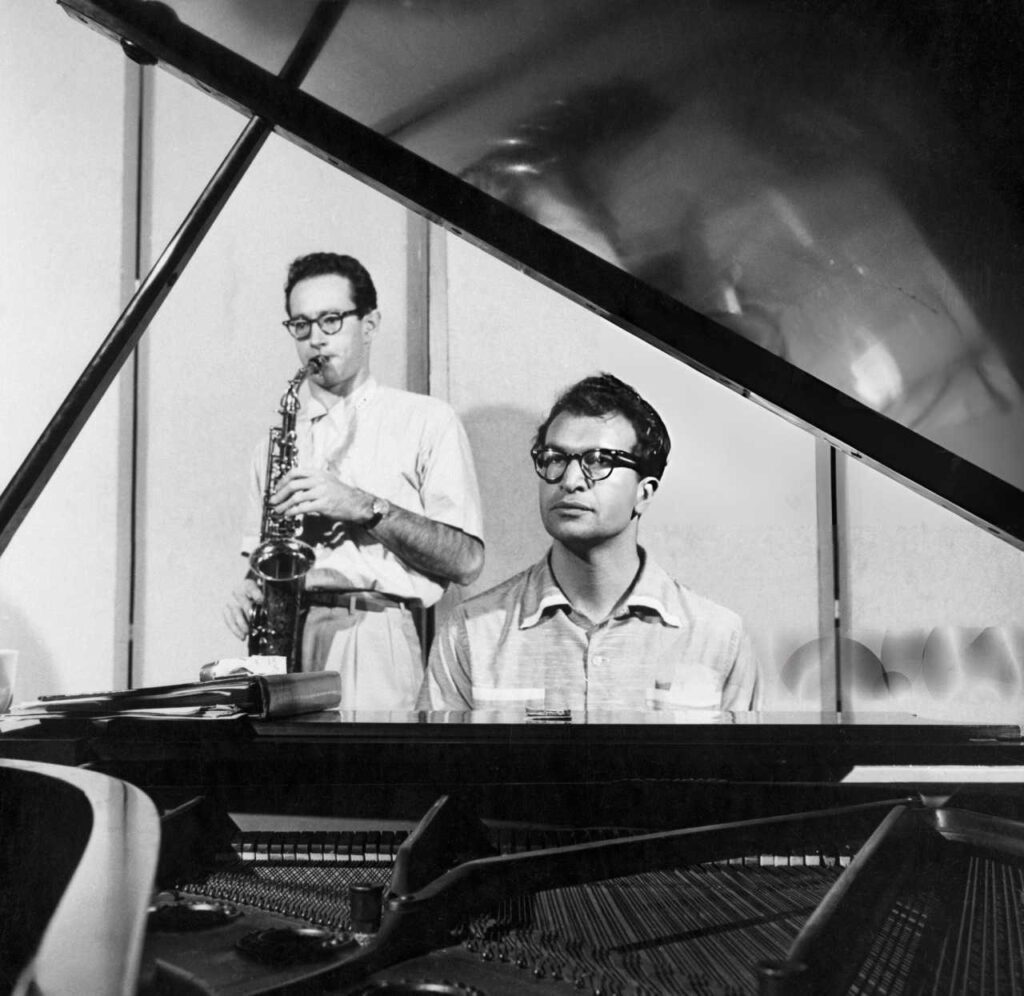
“Time Out,” released on December 14, 1959, by The Dave Brubeck Quartet, is a landmark album in the world of jazz, particularly within the Cool Jazz genre. This album, recorded between June and August of 1959 at the 30th Street Columbia Studios, was revolutionary for its time, introducing jazz to uncommon time signatures.
The album’s experimentation with time signatures stemmed from Brubeck’s experiences during a tour of Eurasia, which influenced his musical style. The most notable feature of “Time Out” is its exploration of these unusual rhythms. For instance, the track “Blue Rondo à la Turk” starts with a 9/8 time signature inspired by Turkish music, then shifts into the more familiar 4/4 jazz rhythm, and back again. This mix of Eastern and Western musical influences was quite groundbreaking.
Another significant track, “Take Five,” composed by Paul Desmond, is famous for its distinctive 5/4 time signature. It not only became the most recognized track of the album but also one of the best-selling jazz singles of all time. The composition’s appeal lies in its blend of technicality and emotion, with a rhythm section that keeps the jazz feel intact, even in these unusual time signatures.
The album’s personnel included Dave Brubeck on piano, Paul Desmond on alto saxophone, Eugene Wright on bass, and Joe Morello on drums. The synergy between these musicians was a key element in the album’s success. Each artist brought their unique style to the table, creating a sound that was both innovative and approachable.
“Time Out” was met with critical acclaim and commercial success, challenging the conventions of jazz music of its time. It peaked at No. 2 on the Billboard Pop Albums chart in 1961 and was the first jazz album to sell over a million copies. The album’s influence extended beyond jazz, impacting various music genres and artists over the years. It was inducted into the Grammy Hall of Fame in 2009 and was selected by the Library of Congress for preservation in the National Recording Registry in 2005.
Overall, “Time Out” by The Dave Brubeck Quartet remains a masterpiece in jazz history. Its innovative approach to rhythm and melody, combined with outstanding musicianship, makes it an essential listen for any jazz enthusiast.
West Coast Jazz by Stan Getz
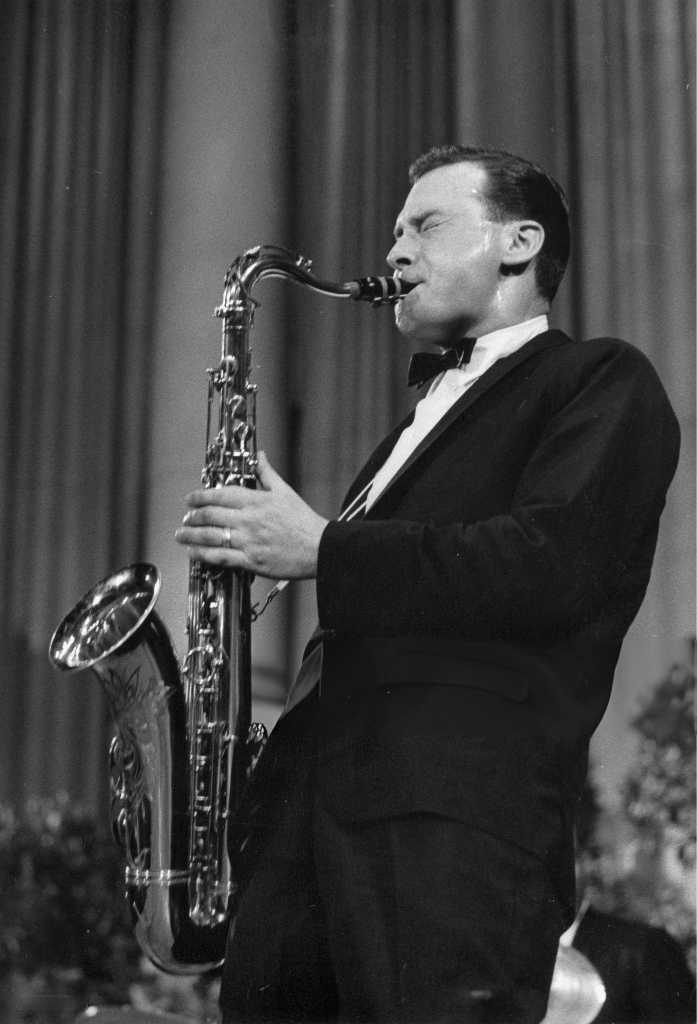
The album “West Coast Jazz” by Stan Getz, released on August 15, 1955, is a remarkable entry in the Cool Jazz genre. This album was recorded during a vibrant period in Getz’s career, between August 9 and August 19, 1955, at Radio Recorders in Hollywood, California.
“West Coast Jazz” features Getz on tenor saxophone, supported by a talented lineup including Conte Candoli on trumpet, Lou Levy on piano, Leroy Vinnegar on double bass, and Shelly Manne on drums. The synergy among these musicians brings a unique flair to the album, which is notably different from typical West Coast jazz of the time. The rapid group interplay and energized bop solos, especially evident in tracks like “S-H-I-N-E” and Dizzy Gillespie’s “A Night in Tunisia,” demonstrate a distinctive approach that sets this album apart.
The album’s track listing includes pieces like “East of the Sun (and West of the Moon),” “Four,” and “Summertime,” showcasing a blend of intricate improvisation and melodic smoothness characteristic of Cool Jazz. Stan Getz’s playing style, known for its tasteful and inventive creativity, is at the forefront of this album, meshing well with the other musicians.
Critically acclaimed for its time, “West Coast Jazz” was well received for its modern, interesting, and swinging music. It’s a display of Getz’s adaptability and artistic prowess, marking it as a significant contribution to jazz and a must-listen for fans of the genre. The album stands as a testament to Getz’s ability to blend different jazz styles, offering a fresh take on West Coast Jazz while still maintaining the core elements of the genre.
Undercurrent by Bill Evans and Jim Hall
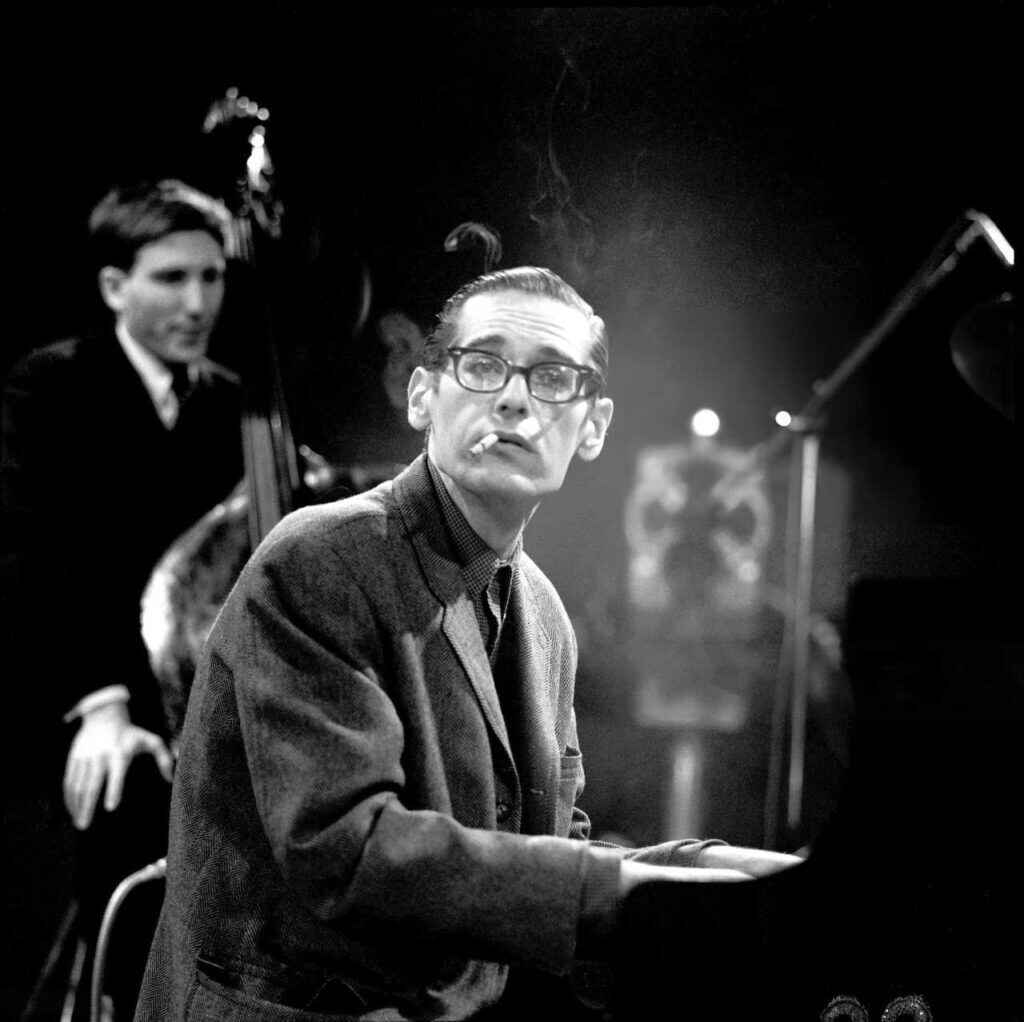
“Undercurrent” by Bill Evans and Jim Hall is not only an essential album in the Cool Jazz genre but also a standout among the best cool jazz albums. Released in 1963, this album showcases a unique and beautiful collaboration between pianist Bill Evans and guitarist Jim Hall. Recorded in New York at Sound Makers in 1962, the album is a testament to their combined musical genius.
Featuring tracks like “My Funny Valentine,” “I Hear a Rhapsody,” and “Skating in Central Park,” “Undercurrent” is known for its subtlety and the remarkable interplay between the piano and guitar. The album has been celebrated for its elegant approach to jazz, combining depth with a light, lyrical touch that is characteristic of the Cool Jazz style.
Critically acclaimed, “Undercurrent” was lauded for its beauty and ingenuity, with DownBeat magazine in 1962 describing it as incredibly pleasing music. This album is not only a masterpiece in its own right but also a significant contribution to the genre of Cool Jazz.
With its innovative style and emotive musical expression, “Undercurrent” by Bill Evans and Jim Hall is an indispensable part of any Cool Jazz collection and a perfect example of what makes this genre so appealing.
Chet Baker Sings by Chet Baker
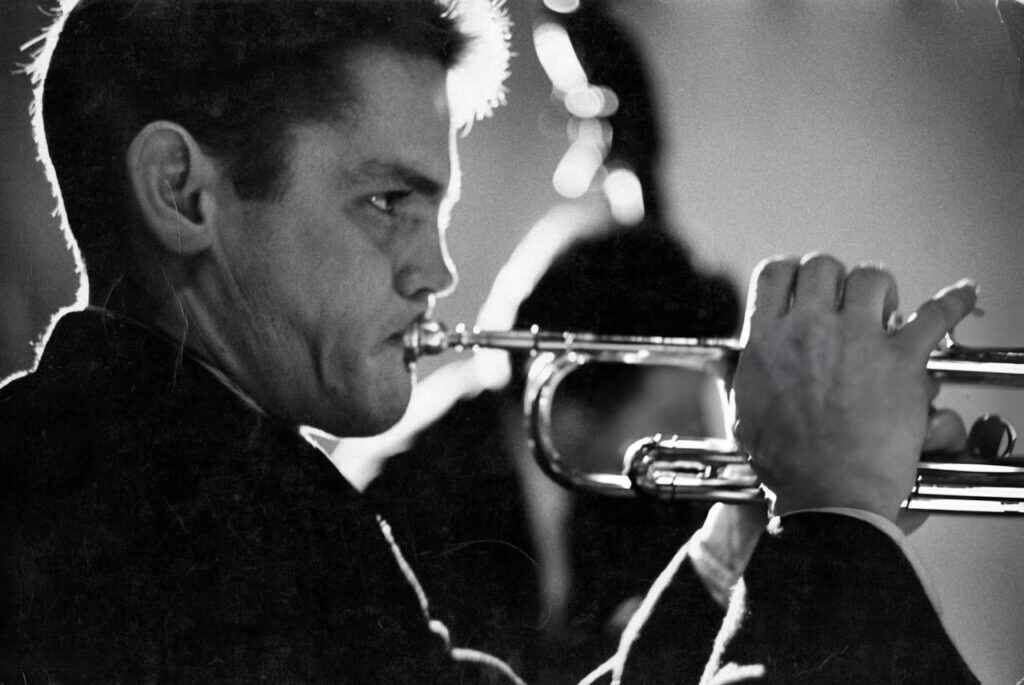
“Chet Baker Sings” by Chet Baker, released in 1956, is a pivotal album that marked a significant transition in Chet Baker’s career from an instrumentalist to a vocalist. This album was a defining moment for Baker, transforming him into a pop idol and enhancing his reputation as a major figure in the West Coast “cool school” of jazz.
Baker, primarily known for his trumpet playing, showcased his unique vocal style in this album. He recorded his vocals for the first time at Capitol Studios in Los Angeles under the supervision of producer Dick Bock. The album initially comprised eight jazz standards, featuring Baker’s mellow and sonorous voice, which had a distinctive androgynous quality. This unique vocal style often led listeners to believe Baker was female.
The album features a mix of upbeat and ballad tracks, including “But Not For Me” and “Time After Time,” showcasing Baker’s ability to blend his trumpet playing with his vocal performances. One of the most notable tracks is “My Funny Valentine,” where Baker’s voice takes center stage, highlighting his ability to imbue the song with a gentle and emotive quality.
Despite initial mixed reactions and some criticism towards his singing style, the album was a commercial success and expanded Baker’s fan base, particularly among young female listeners. “Chet Baker Sings” significantly contributed to the popularization of the cool jazz style and left a lasting impact on the jazz genre.
The album’s success led to its expansion in 1956, adding six more tracks recorded at the Forum Theatre in Los Angeles. The reissued album continued to showcase Baker’s unique blend of vocal and trumpet performances, cementing his status as a multifaceted jazz musician.
“Chet Baker Sings” remains an influential album in jazz history, not just for its musical content but also for its role in defining the cool jazz sound and showcasing Baker’s dual talents as a vocalist and trumpeter.
Ballads by John Coltrane Quartet
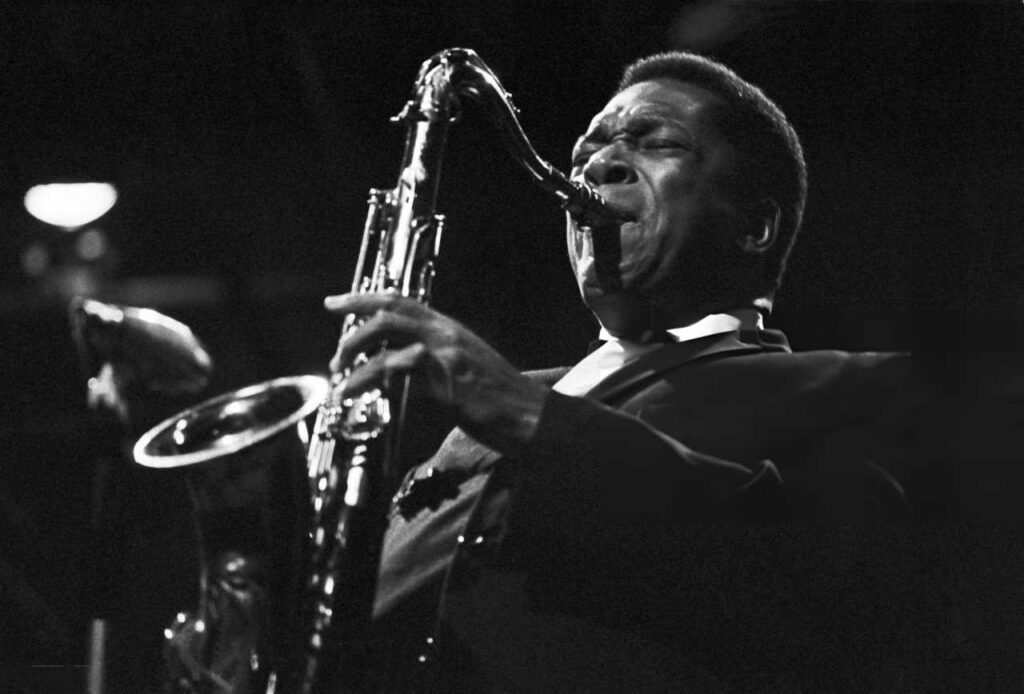
“Ballads” by the John Coltrane Quartet, released in January 1963, is an iconic album that highlights a different side of Coltrane’s musical genius. This album, known for its softer and more melodic approach, aligns beautifully with Cool Jazz aesthetics, showcasing a contrast to Coltrane’s other jazz styles.
The album consists of a series of ballads, displaying the Quartet’s ability to explore the emotional and tender aspects of jazz. Unlike his other works, which are often associated with more aggressive and experimental jazz styles, “Ballads” brings out Coltrane’s ability to convey deep emotions through more subdued and lyrical performances.
Recorded between December 21, 1961, and November 13, 1962, at Van Gelder Studios in Englewood Cliffs, NJ, the album features Coltrane on the tenor saxophone. The Quartet included McCoy Tyner on piano, Jimmy Garrison and Reggie Workman on bass, and Elvin Jones on drums. The production of the album was handled by Rudy Van Gelder, with photography by Jim Marshall.
The album’s track list includes beautifully rendered ballads like “I Wish I Knew” and “What’s New?”. Each piece on the album is a testament to the Quartet’s skill in crafting music that is both emotionally resonant and technically proficient. Songs like “Nancy (With the Laughing Face)” and “It’s Easy to Remember” are examples of the Quartet’s ability to navigate complex emotions through music, offering a serene and contemplative listening experience.
“Ballads” received critical acclaim for showcasing a different facet of Coltrane’s artistry. The album is appreciated for its balanced beauty, demonstrating that Coltrane was not only a master of more intense jazz forms but also of the delicate and nuanced. The album stands as a significant document in the history of jazz, showing the versatility and depth of the John Coltrane Quartet.
“Ballads” is an essential album for those looking to explore the varied dimensions of John Coltrane’s music, offering a soothing and introspective journey into the heart of jazz.
Easy Living by Paul Desmond
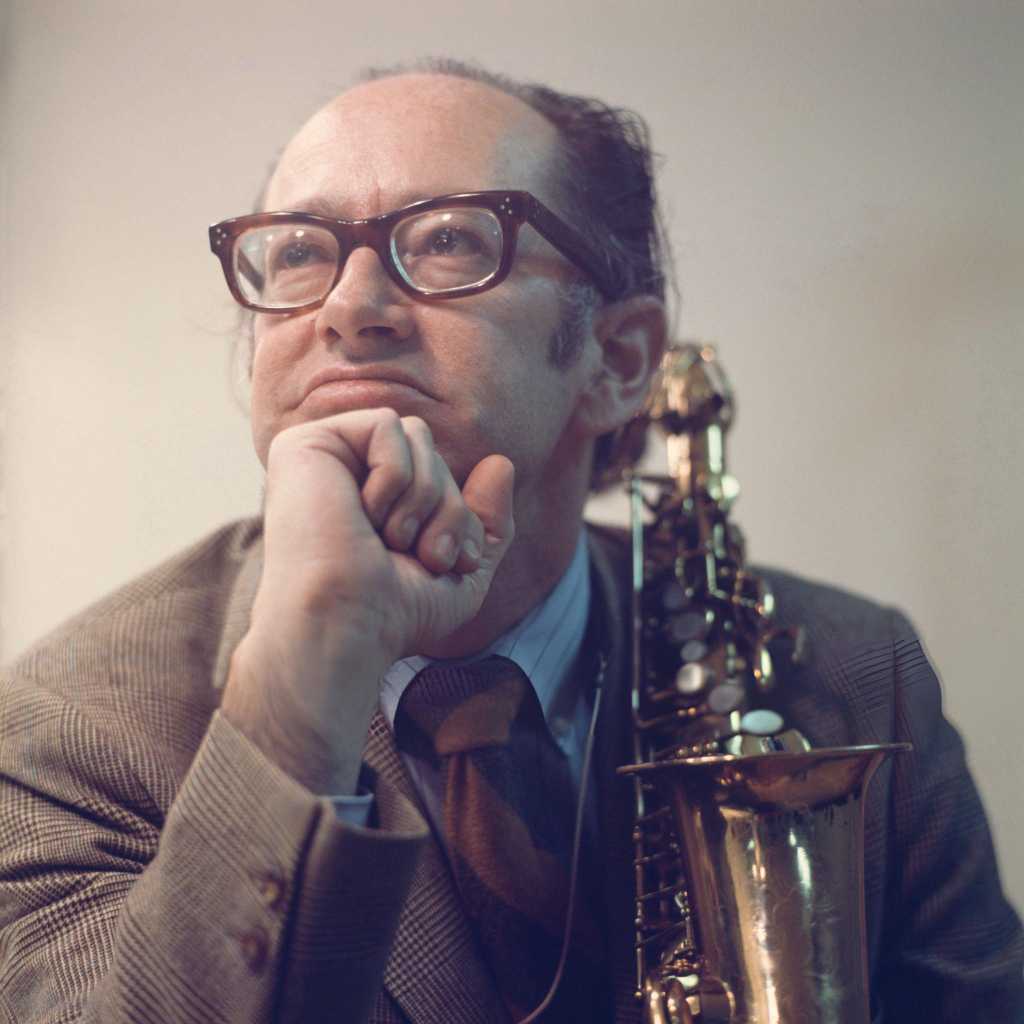
“Easy Living” by Paul Desmond is a remarkable album in the Cool Jazz genre, released in 1966. This album, featuring performances recorded between 1963 and 1965, showcases Desmond’s unique and melodious saxophone style. It includes both original compositions by Desmond and jazz standards, creating a soothing and elegant listening experience. Notable tracks like “When Joanna Loved Me” and “Easy Living” highlight Desmond’s ability to deliver intricate melodies with ease and sophistication.
The album, released on the RCA Victor label, received widespread acclaim for its varied textures and moods, with critics praising it as one of Desmond’s best works. The collaboration with guitarist Jim Hall adds a distinctive depth to the album, further enhancing its appeal. The bassists Gene Cherico, Percy Heath, and Eugene Wright, along with drummer Connie Kay, complete the lineup, contributing to the album’s rhythmic subtlety and charm.
Overall, “Easy Living” is a must-listen for enthusiasts of Cool Jazz. It stands out not only as a testament to Paul Desmond’s mastery of the saxophone but also as a significant contribution to the Cool Jazz repertoire, making it an essential part of any collection of the best cool jazz albums.
Pyramid by The Modern Jazz Quartet
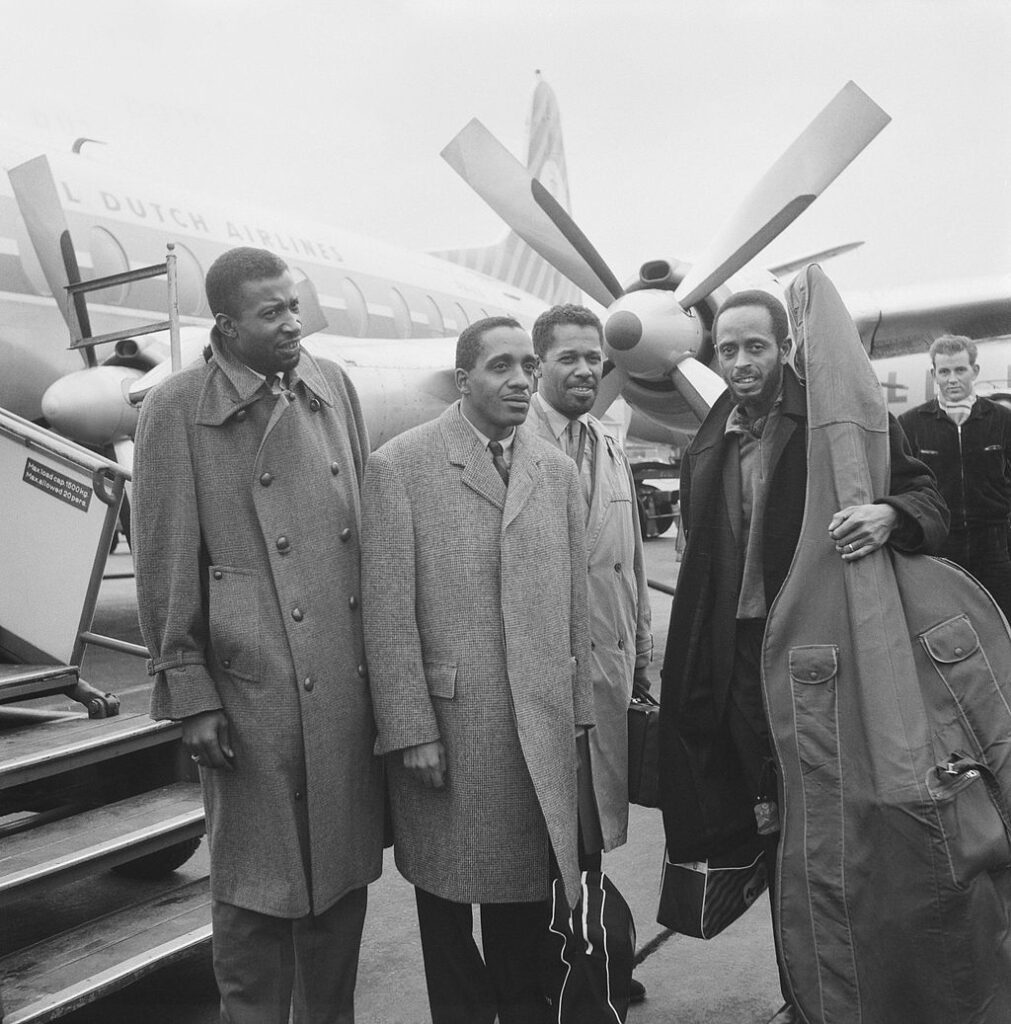
“Pyramid” by The Modern Jazz Quartet, released in 1960, is a distinguished album in the Cool Jazz genre. This album, recorded over several sessions between 1959 and 1960, was released on the Atlantic label and is known for its sophisticated and refined style.
The album features a blend of compositions by members of the quartet and jazz standards. The tracklist includes “Vendome” and “Django” by John Lewis, “Pyramid (Blues for Junior)” by Ray Brown, “It Don’t Mean a Thing (If It Ain’t Got That Swing)” by Duke Ellington and Irving Mills, “How High the Moon” by Nancy Hamilton and Morgan Lewis, and “Romaine” by Jim Hall. Each track showcases the quartet’s ability to navigate complex musical landscapes with grace and precision.
The personnel on the album include Milt Jackson on vibraphone, John Lewis on piano, Percy Heath on bass, and Connie Kay on drums. Their performances on “Pyramid” are celebrated for being stimulating, enthusiastic, and fresh, maintaining the quartet’s reputation as a jazz institution while also showcasing their creative edge.
“Pyramid” is considered an essential album in the Cool Jazz canon. The Modern Jazz Quartet, through this album, demonstrates a masterful command of jazz, blending traditional elements with innovative approaches. The album’s significance in the jazz world is marked by its enduring appeal and its role in solidifying the quartet’s place in jazz history. It is an album that resonates with both jazz aficionados and new listeners, making it a notable addition to any collection of the best cool jazz albums.
Gerry Mulligan Meets Johnny Hodges
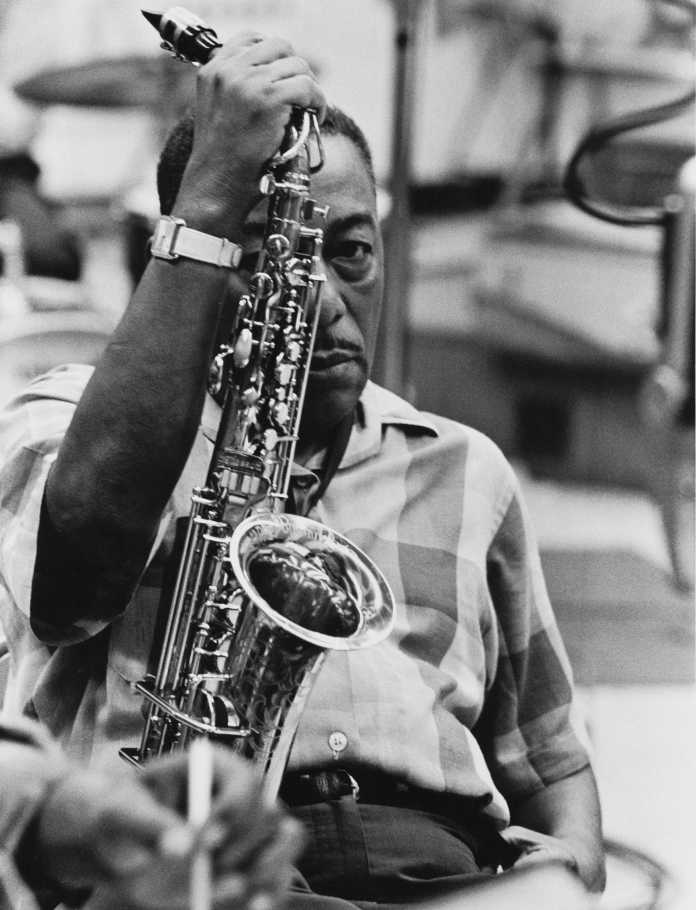
In the realm of cool jazz, the album “Gerry Mulligan Meets Johnny Hodges” stands out as a shining gem. This 1960 release, recorded on November 17, 1959, at United Recorders in Hollywood, CA, brings together two saxophone giants: Gerry Mulligan on baritone sax and Johnny Hodges on alto sax. The album comprises six tracks, primarily composed by Hodges except for a few by Mulligan.
The opening track “Bunny” (composed by Mulligan) sets a playful and light-hearted tone, characteristic of the cool jazz era. “What’s the Rush,” a collaboration between Mulligan and Judy Holliday, continues this mood with its laid-back rhythm and melodic interplay between the two saxophonists. The synergy between Mulligan and Hodges is palpable throughout the album, especially in tracks like “Back Beat” and “Shady Side,” where their individual styles blend seamlessly while still allowing each artist’s unique voice to shine through.
“18 Carrots for Rabbit” is another highlight, showcasing Mulligan’s compositional prowess and the duo’s ability to create a sound that is both relaxed and intricate. The album concludes with the smooth and soulful “What It’s All About,” leaving the listener with a sense of both satisfaction and longing for more.
Accompanied by Claude Williamson on piano, Buddy Clark on bass, and Mel Lewis on drums, the ensemble delivers a performance that is both cohesive and spontaneous. The rhythm section provides a solid foundation, allowing the saxophonists to explore and experiment, while still keeping the overall sound grounded and accessible.
Critically acclaimed, the album was awarded 4 stars by Allmusic, noting the exceptional blend and complementarity of Mulligan and Hodges’ playing. This session, unique in its collaboration, has been lauded for its embodiment of the cool jazz style – relaxed, melodic, and sophisticated.
Overall, “Gerry Mulligan Meets Johnny Hodges” is a must-listen for fans of cool jazz and a testament to the remarkable talents of its leaders. With its timeless appeal and outstanding musical craftsmanship, this album holds a deserving place among the best cool jazz albums. It transcends time, appealing to both jazz aficionados and casual listeners alike, and serves as a perfect example of the genre’s enduring appeal.
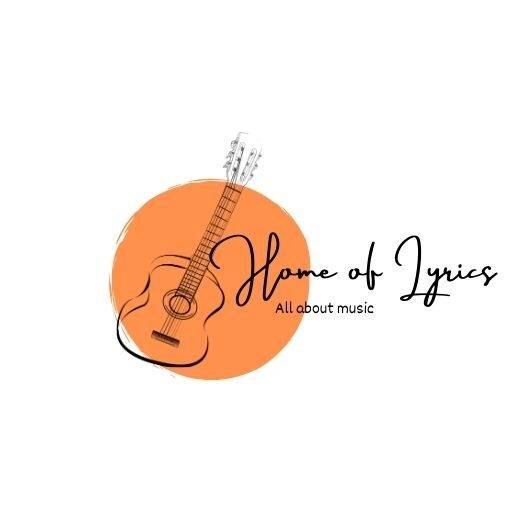


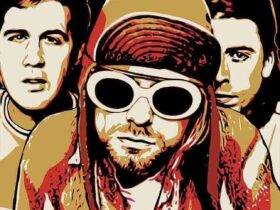

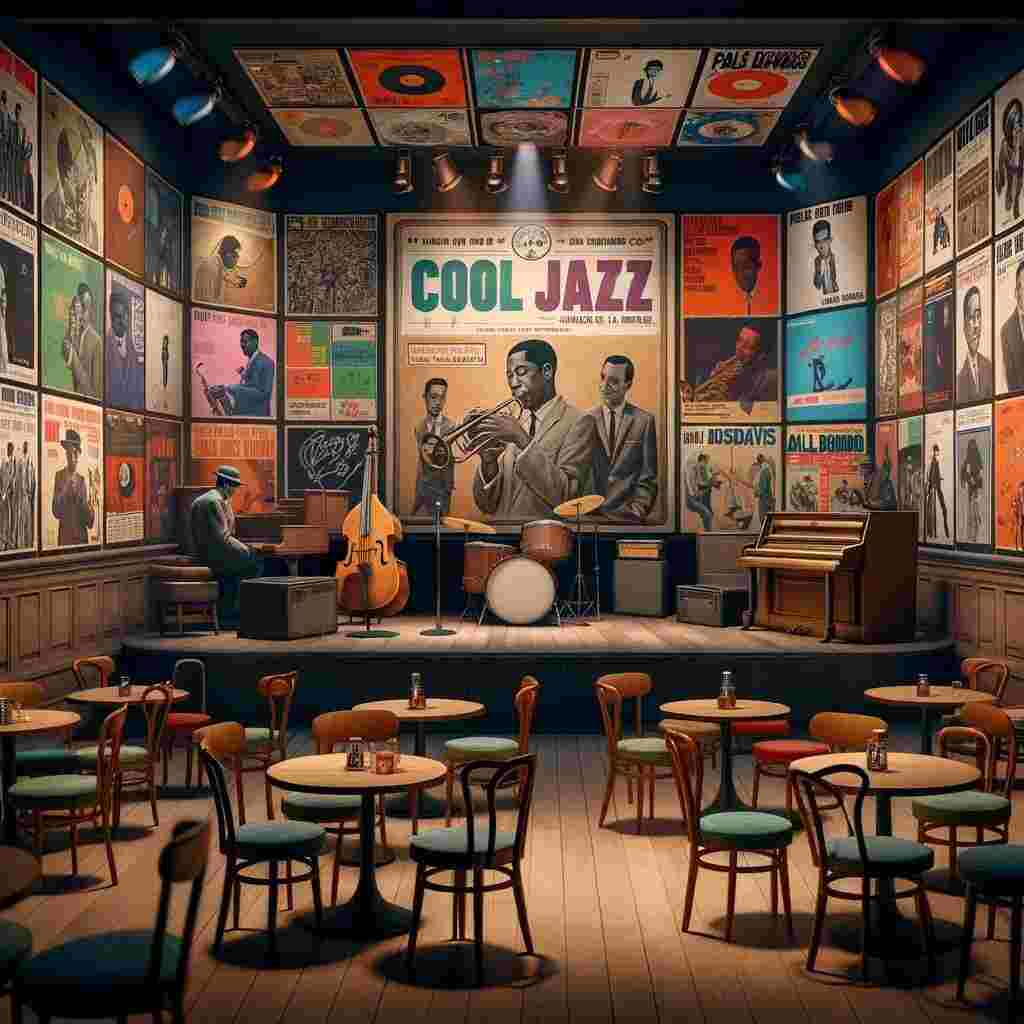
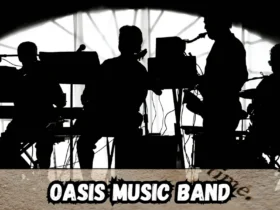

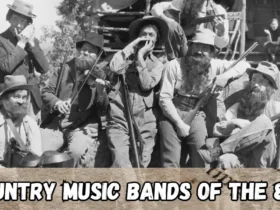




Leave a Reply